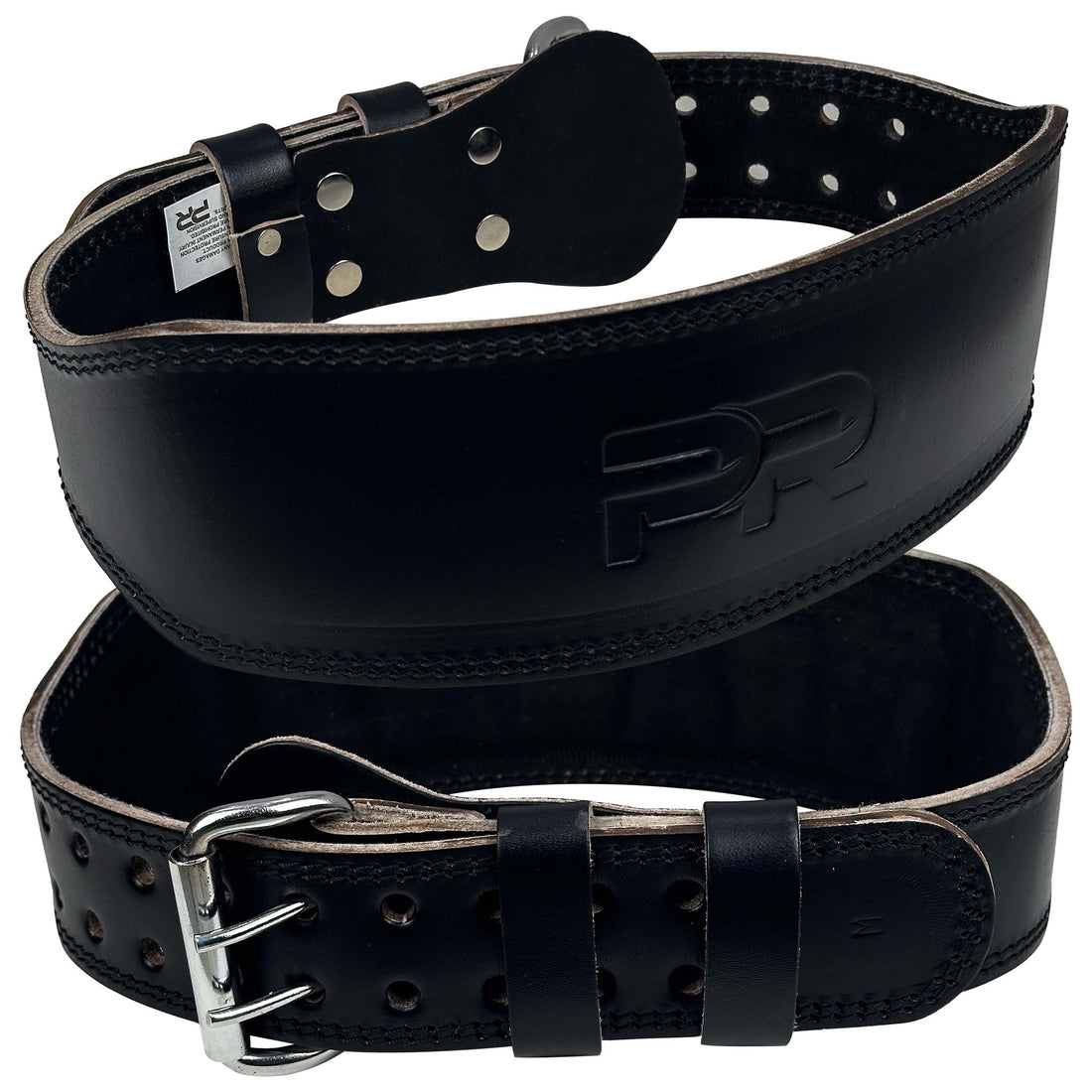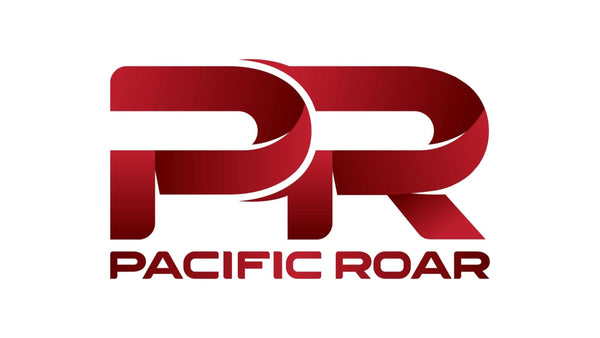
The Science Behind How Lifting Belts Prevent Injury
Share
Introduction
If you’ve been around a serious lifting environment, you’ve seen them: thick leather belts strapped tightly around lifters’ waists as they prepare to squat or pull heavy. Many swear by them, while others question whether they’re just for show.
The truth is, lifting belts work — and there’s real science behind how they help prevent injury. In this article, we’ll break down exactly what happens in your body when you wear one, and why they’re a valuable tool for serious strength training.
The Core of the Matter: Intra-Abdominal Pressure (IAP)
When you brace your core before a heavy lift, your abdominal muscles contract to stabilize your spine. Wearing a belt gives your abs something to push against, which increases intra-abdominal pressure.
Why this matters:
- Higher IAP acts like an internal brace, supporting your spine from the inside.
- This reduces spinal compression and shear forces during heavy loads.
- It helps maintain a more neutral spine position throughout the lift.
Think of it like inflating a balloon inside your torso — the belt reinforces the “walls” of that balloon.
Spinal Stability Under Load
Your spine is naturally flexible, which is great for mobility — but under heavy loads, too much movement can be risky. A belt helps:
- Limit excessive spinal flexion or extension.
- Encourage proper posture and bracing mechanics.
- Reduce unwanted “wobble” in the lower back during lifts.
This stability is especially important during compound lifts like squats and deadlifts, where the lower back is heavily engaged.
Muscle Activation Benefits
Studies have shown that wearing a belt can increase activation in core and lower back muscles. Contrary to the myth that belts make your core “weaker,” they actually help you engage these muscles more effectively — especially when lifting near-maximal weights.
Injury Prevention Mechanisms
a. Reducing Shear Forces on the Spine
Heavy lifts create compressive and shear forces on vertebral discs. Increased IAP reduces these forces, lowering injury risk.
b. Encouraging Safer Lifting Mechanics
A belt gives immediate feedback — if your core isn’t braced properly, you’ll feel it. This tactile cue can help you lift with better form.
c. Protecting Against Acute Overload
When attempting a PR, fatigue or form breakdown can cause sudden injury. A belt provides an extra layer of protection when pushing your limits.
When a Belt Helps the Most
- Heavy compound lifts (squat, deadlift, overhead press)
- Near-maximal lifts (80%+ of your one-rep max)
- Strongman events or powerlifting meets
It’s less useful — and sometimes unnecessary — for lighter accessory work or movements where torso bracing is less critical.
Final Thoughts
A lifting belt isn’t a magic shield, but it’s a science-backed tool that can significantly reduce injury risk when used correctly. By boosting intra-abdominal pressure, improving spinal stability, and enhancing muscle activation, it helps you lift heavier and safer.
Remember: the belt works best with good technique — not as a substitute for it. Learn to brace properly, then use the belt as a performance and safety enhancer.
Call to Action:
Pacific Roar’s premium leather lifting belts are engineered for maximum support and long-term durability. Whether you’re chasing PRs or building strength for life, our belts have your back — literally. Explore the collection today.
